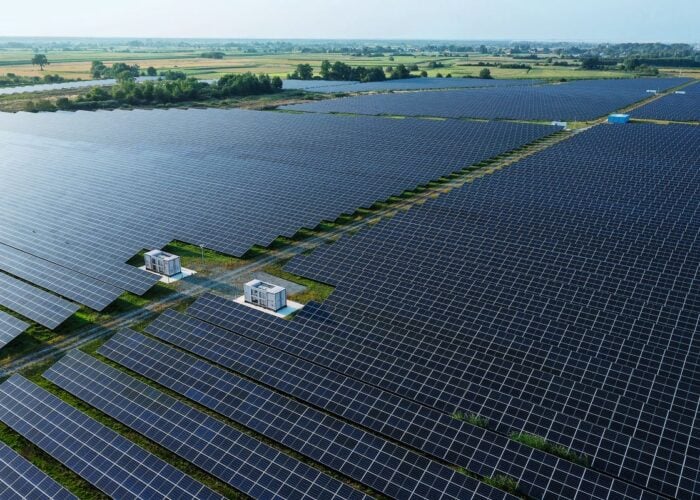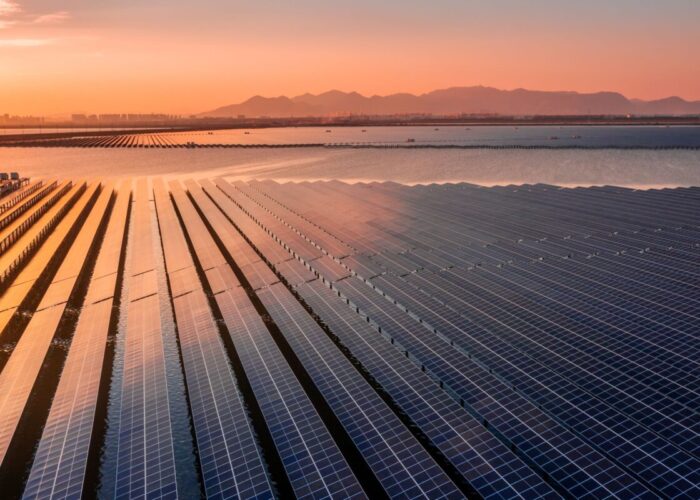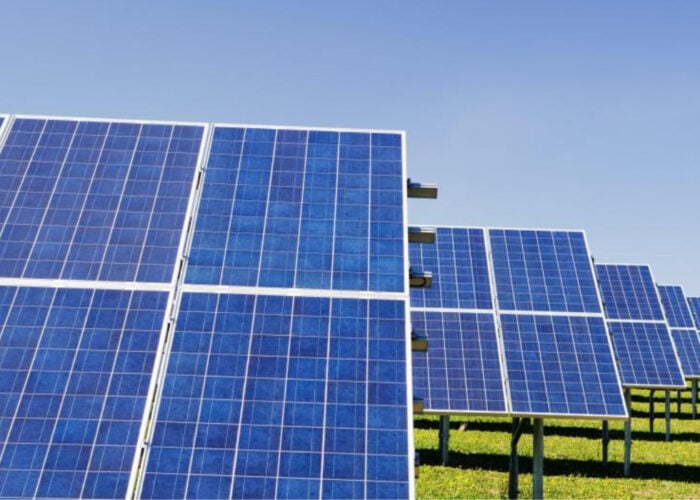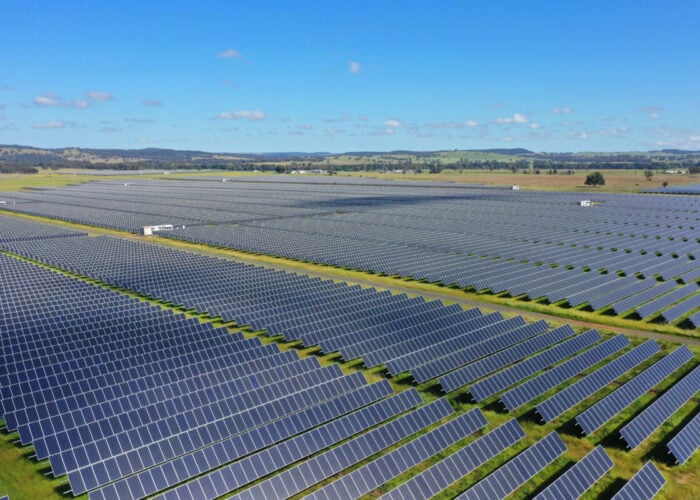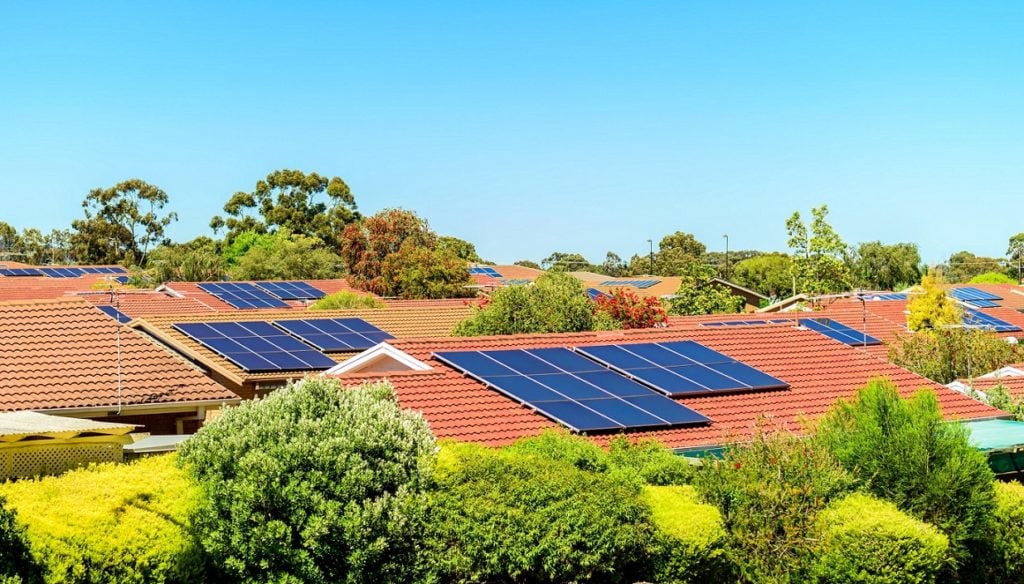
Solar consultancy group SunWiz has revealed that rooftop solar PV volumes in Australia fell by 7% month-on-month in August yet it still managed to be the 13th-best month on record.
The 7% decrease, which saw 277MW of rooftop solar PV added throughout the month, follows a very strong July, when deployment reached a 23% month-on-month increase, reaching 302MW. This was also a record level for the mid-year interval.
Unlock unlimited access for 12 whole months of distinctive global analysis
Photovoltaics International is now included.
- Regular insight and analysis of the industry’s biggest developments
- In-depth interviews with the industry’s leading figures
- Unlimited digital access to the PV Tech Power journal catalogue
- Unlimited digital access to the Photovoltaics International journal catalogue
- Access to more than 1,000 technical papers
- Discounts on Solar Media’s portfolio of events, in-person and virtual
Or continue reading this article for free
August’s deployment figures were also 3% lower year-on-year yet are still above 2021 and 2022. The year-to-date figures are 5% higher compared to 2023.

Across all of Australia’s states and territories, volumes of rooftop solar PV cooled, except for the island state of Tasmania, which saw a 0% change month-on-month. The Northern Territory saw the sharpest decrease with -19%, followed by Queensland with -10%.
This was closely followed by New South Wales with a -8% decrease, Victoria with -7% and South Australia with -4%. The Australian Capital Territory and Western Australia saw decreases of -3%.
In a positive note for Australia’s rooftop solar PV sector, the average system size in August 2024 increased to 10.09kW, a month-on-month increase of 0.03%, making it the second-highest month in the last 12 months.
Sunwiz highlighted that the rapid expansion of average system sizes since March cooled over August due to the large (-20%) percentage decrease in 75-100kW systems.
Integrated solar company NSEG topped the retailers list in Q3 2024 and year-to-date, with registrations exceeding 70,000kW. Solar Power Nation ranks second, with just under 50,000kW registered in 2024.
The rest of the top 10 list includes Sun Retail, Origin Energy, PowerSmart Solutions, Green Energy Technologies, ENERGYBUILD, Solar Seed, SolarGain and Energy Aware.
Calls to unlock at least 5GW of rooftop solar PV
The slight decrease in month-on-month installation figures could aid national industry body Energy Networks Australia (ENA), which recently called on the Federal government to implement the appropriate incentives to unlock at least 5GW of additional rooftop solar PV generation capacity.
The organisation stated in a report that providing incentives for commercial operators could see an uptick in installing more solar modules on existing rooftops, with the potential to share this with the local community.
Creating the correct regulatory settings for the market could also help unlock 7GW of additional front-of-meter generation by 2030 and 5GW of additional distribution-connected battery storage, alongside enabling putting at least four million electric vehicles (EVs) on the road by 2030.
Solar PV sets winter 2024 record
During the final week of winter 2024 (26 August to 1 September), rooftop solar PV made its most significant contribution to Australia’s National Electricity Market (NEM) of the season.
It accounted for 13.2% of total electricity generation, with an additional 6.2% coming from utility-scale solar PV. This means that solar PV, as a whole, contributed 19.4% to the electricity mix on the NEM during the last week of winter.
Rooftop solar PV generated 522GWh of energy, while utility-scale solar PV produced 245GWh across the NEM. The previous winter record for solar PV was set the week before (19 August – 25 August), when rooftop solar PV produced 434GWh of energy, complemented by 262GWh from utility-scale solar.
The technology also assisted South Australia in running on 100% renewable energy during the final week of winter. Specifically, rooftop solar PV contributed 21.1% to the total of 102.2%, generating around 56GWh over the week. Additionally, utility-scale solar provided 3.9% of the overall energy mix, contributing approximately 10.4GWh.



